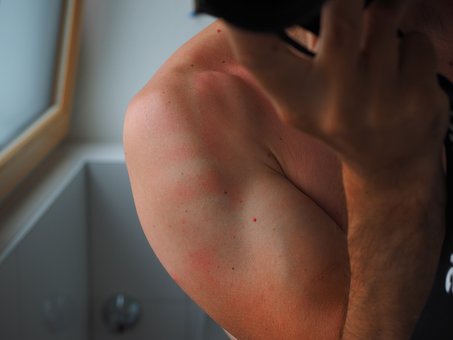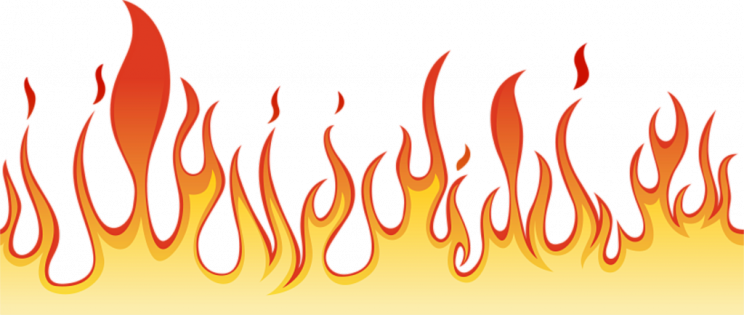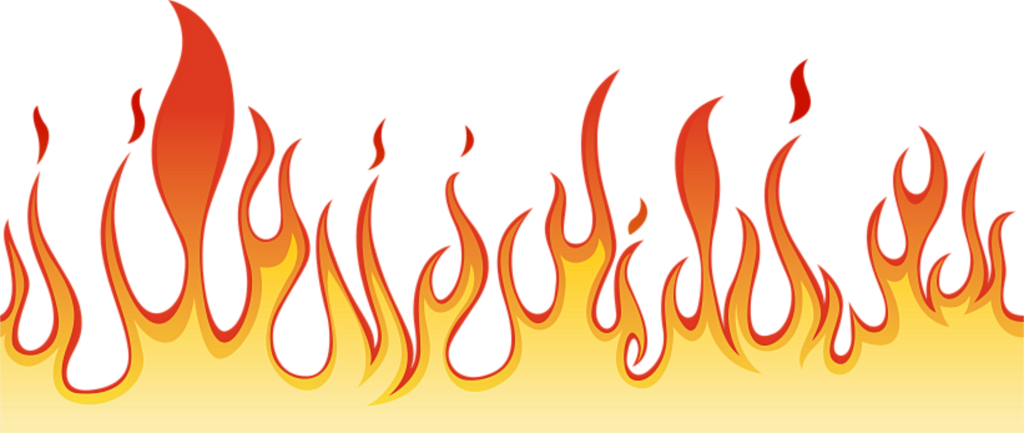This is just a quick tips post on the best way to deal with burns and treat minor burns that I thought you may find both interesting and helpful.
This post on the best way to deal with burns may contain affiliate links.
First-degree burns are unfortunately very common and frequently occur after accidentally touching a hot stove, curling iron, or hair straightener.
Even bad sunburn can be considered a first-degree burn. Unlike second- or third-degree burns, which are more severe, first-degree burns only involve the top layer of the skin.

If you have a first-degree burn, your skin may be red and painful, and you may experience mild swelling.
Most first-degree burns can be treated at home, but it is important to educate yourself on what to do in case this happens to you or your family.
Although first-degree burns aren’t as serious as second or third-degree burns, they can hurt quite a bit and can leave a scar if not properly treated.
To deal with burns especially first-degree burns and treat minor burns, dermatologists recommend the following tips:
- Immediately immerse the burn in cool tap water or apply cold, wet compresses. Do this for about 10 minutes or until the pain subsides.
- Apply petroleum jelly two to three times daily. Do not apply ointments, toothpaste, or butter to the burn, as these may cause an infection. Do not apply topical antibiotics.
- Cover the burn with a nonstick, sterile bandage. If blisters form, let them heal on their own while keeping the area covered. Do not pop the blisters or you will be left with an infection or a scar.
- Acetaminophen or ibuprofen can help relieve the pain and reduce inflammation.
- Once the burn heals, protect the area from the sun by wearing protective clothing or applying a broad-spectrum, water-resistant sunscreen with an SPF of 30 or higher. This will help minimize scarring, as the redness from a burn sometimes persists for weeks, especially in those with darker skin tones.
First-degree burns usually heal on their own without treatment from a doctor. However, if your first-degree burn is very large, if the victim is an infant or elderly person, or if you think your burn is more severe, go to an emergency room immediately.
Clingfilm and The Best Way to Deal With Burns
If you have a serious burn second or third-degree burn you need to act fast, as you will require hospital treatment. Doctors say you should cover the burn with a sterile gauze immediately. If you don’t have any gauze, try using clingfilm instead.
Secured with a bandage, clingfilm won’t stick to the wound, and it will keep the burnt skin airtight and safe from infection. Clingfilm is an excellent temporary cover until you get to the hospital.
Calendula Cream for Aftercare of Burn Wounds
Calendula Cream is a miracle worker when you treat minor burns.
If you want to prevent minor cuts and burns leaving you with unsightly scars then you can try this.
Calendula cream is a natural healer and can be purchased from your natural health shop. It works even better if you use it with comfrey, as this contains allantoin and will speed up the skin’s healing process.
Calendula has triterpenes, which encourages new cell growth.
First, you need to clean the wound with a tea tree wash. Then apply the cream.
You’ll rid your wound of infection and help even the deepest cut or burn to heal quickly.
This cream can be used on burn wounds, but only once the skin’s begun to heal over. It’ll help to reduce unsightly scarring. But take note. Do not use immediately after burning your skin.
Now if you want to read about why you always need to keep cinnamon and honey in your pantry, click here.
![]()


